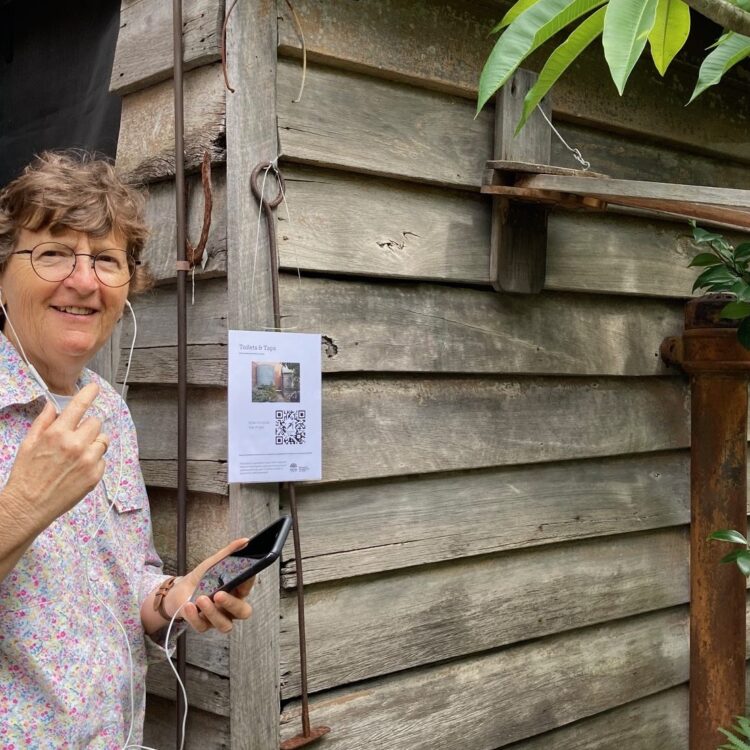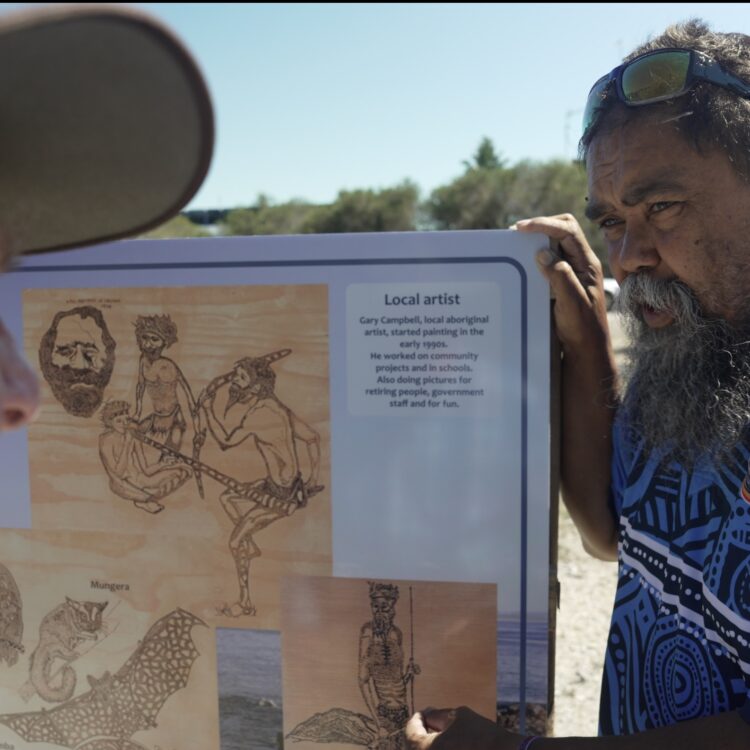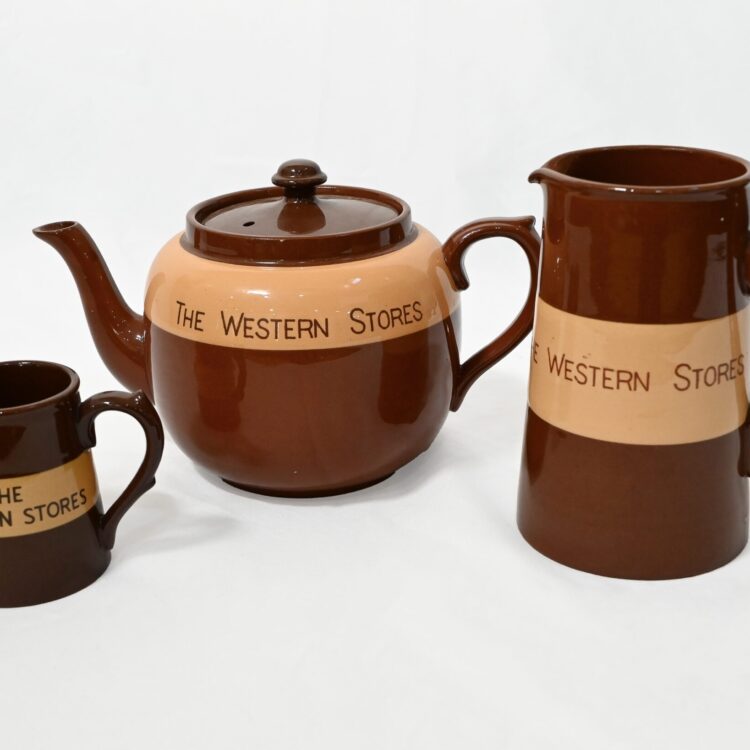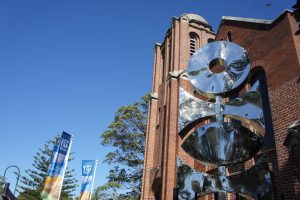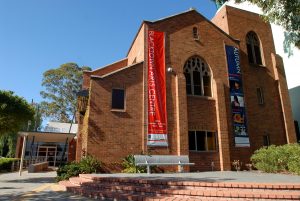Colonial Sydney and its beginnings are surprisingly well documented. A myriad of sources chronicle what happened when boat bound 19th century England collided with Indigenous Australia.
This rich, though one-eyed history, with its erasure and omission and its myopic view of Aboriginal people, is the subject of several place-based collaborative art projects. There’s a trend in motion: Aboriginal artists are going back to places to where their histories were taken from them. In their hands, these histories are rendered as modern narratives with, at their core, a determination to restore their ancestors’ birthrights and humanness; traits ruthlessly erased by the culture of colonialisation. They aim to set the record straight.
Two projects, The Native Institute and Bungaree’s Farm are recent examples. Both long-term projects commission groups of artists to engage with local communities through a series of workshops; recording and assembling ideas about specific historic events and their consequences; and developing a series of artistic responses to this material. Artistic outputs are varied, utilising both traditional and new media, and serve not so much to rewrite history, but as powerful commentary on past events, giving broadcast rights wholly to Indigenous voices to tell their history, their way.
There’s a trend in motion: Aboriginal artists are going back to places to where their histories were taken from them. In their hands, these histories are rendered as modern narratives with, at their core, a determination to restore their ancestors’ birthrights and humanness.
To best appreciate the process and outcomes of these projects it’s important to know some background. The 1820s Native Institute was a school established to provide domestic, religious and literacy education to Aboriginal children. Originally located in Parramatta before opening its doors in Blacktown, the Institute fractured and separated families through its divisive and assimilationist policies. The site is considered the earliest example of systematic dispossession of Aboriginal land and one that resulted in the first of the “stolen generations”.
Bungaree’s Farm and its predecessor Bungaree: the First Australian herald from a different history. Much loved by several Governors and early settlers alike, Bungaree (or Boongarie (c1775–1830, from Broken Bay) was a conduit between Aboriginal people and the 19th century colonisers. Donning the discarded uniforms of various governors and a cocked hat, Bungaree acted as skilled negotiator, press secretary, entertainer and intrepid explorer, accompanying Flinders as he circumnavigated Australia in 1802. He was an exceptional mimic, a talented linguist and according to historian Geoffrey Dutton, ‘He mocked the white men by mocking himself’.
Bungaree: the First Australian, originally a 2012 project developed and exhibited at Mosman Art Gallery, is currently on display again in the lead up to the sequel, site-specific project Bungaree’s Farm. Both exhibitions are curated by Djon Mundine.
Bungaree was a popular subject among portrait artists of the day. The 2012 project saw the reworking of historic Bungaree portraits take centre stage in the project and represented the first time an Indigenous perspective has been brought to bear on Bungaree the man. This initial project provided artists opportunity to reclaim their ancestor’s intelligence, wisdom, assertiveness, humour, and generosity. It’s this optimism that characterises the site-specific sequel Bungaree’s Farm, a nine-day arts event taking place at the Sydney Harbour Federation Trust’s Camouflage Fuel Tank on the first land granted, paradoxically, to Bungaree by Governor Macquarie in 1815.
The story of how the good Governor urged Bungaree and his people to “settle and cultivate” Georges Head, now recognised as the first land granted to an Aboriginal person, provokes various artistic responses. Expect to see a video piece featuring a kind of re-enactment, large-scale projections and installation work. Warwick Keen will be sketching Bungaree’s famous portrait on the interior of the fuel tank in an act of graffiti cum modern day portraiture, happily elbowing in on the commentary of white artist paints Aboriginal to become Aboriginal artist paints black man from white man’s portrait.
The artists involved are a talented bunch. History has equipped them well and ensured their armoury is full. With potent stories to tell, sites of significance to work with, and a connection to country and dedication to family, these projects offer conversations worth listening to.
So equip yourself with a bit of history, take up a position with a long view and get along to see Bungaree’s Farm.
Bungaree’s Farm is curated by Djon Mundine.
You may also like…
Native Institute site record: NSW Environment & Heritage
www.environment.nsw.gov.au
ABC Life Matters: The Native Institute
www.abc.net.au
Dictionary of Sydney’s entry on Bungaree
www.dictionaryofsydney.org

